Our love
affair with the Wind River Range began on 27July 1996, the beginning of our
first backpack trip into the range. I can still remember, on the second day,
cresting a pass and an unbelievable vista unfolded before me. I was speechless.
Several more trips only heightened the attraction. We were hooked and as we
would being planning each coming year's summer trip, in the background was
always a seductive voice whispering, "Into the Winds."
Past Wind River Range trips were prior to our camper. This year our camper would give us the flexibly to stay near trailheads and make exploratory excursions into new country with day trips, open more doors, be tempted by new special places, let that seductive voice have its way with us. The backpacks were also along; they are still a big part of our lives, not forgotten but unused for a couple of years because of medical issues. We were ready and were starting out with a five day backpack trip into familiar country but entering via a new route.
Several
large lakes, impounded by moraines, lie at the base of the Winds, marking the
end of long glacially carved gorges; gorges on a Yosemite Valley scale. Our first trailhead was at New Fork Lake.
As we did
our final equipment check for the next morning's start, we watched canoes in
the evening light.
We were
heading to Penny Lake. We had visited Penny with my cousin, the
Big Guy. A young Wisconsin college boy, he dreamed of visiting big mountains,
real mountains. He took a summer job with the Forest Service in 1962. He traveled by train to Rock Springs and bus
to Pinedale. Summer was spent with a partner spraying pesticide against bark beetles
and on off days, chasing down every story they heard about high country trout.
Now a retired university professor and fly fishing author, he tells the story
of his 2001 return to Penny Lake in his book Quest for Home Waters.
We worked
our way up the New Fork River gorge, requiring two fords of the river prior to
reaching New Fork Park.
Mid afternoon
found us about 8 miles in and at the north end of New Fork Park. We found a secluded,
out of sight spot across the river to make our first camp. We would tackle the
3 miles and 2000 foot climb to Penny in the morning. We couldn't just hike by
this place. We needed to experience it.
The small
piece of the north wall of Palmer Canyon visible from our camp left me, again,
speechless.
We wandered
and explored the broad meadow in the late evening................................
......................................and
watched the shadows climb the west facing walls.
We climbed
into our tent and down bags. It was still twilight outside at this more
northern latitude. We dropped off to sleep only to be awakened at 10 pm. A
small bird had perched in a spruce tree outside our tent and erupted into song,
a little opera singer, announcing to the world the end of another wonderful
day.
We relaxed
in the morning with our first cup of Mudd Coffee as we walked along the river. With the high canyon
walls to the east, it would be awhile before we saw the sun. Breakfast and pack
up chores done, we forded the river and returned to the trail. Three drainages
come together just above New Fork Park - the New Fork River, Dodge Creek and
Palmer Creek. Each of these are glacially carved wonders. Our route was to the
east and up Palmer Canyon. We started out with three more fords of ice cold
rivers and then hiked along the base of the soaring granite cliffs. After the
final ford of Palmer Creek we climbed to the south and out of Palmer Canyon.
In one side
hill meadow we passed through bluebells up to our armpits. We thought of the debt we
owed to the Wilderness Act of 1964 and its preservation of places like this.
Places that the act defines this way:
"A
wilderness, in contrast with those areas where man and his own works dominate
the landscape, is hereby recognized as an area where the earth and its
community of life are untrammeled by man, where man himself is a visitor who
does not remain."
Ours was a
trip celebrating the 50th anniversary of this landmark legislation. And, it was appropriate we were visitors in
the Wind's Bridger Wilderness, one of the first Wilderness areas designated in 1964.
President
Lyndon Johnson said, when he signed the bill into law:
"If
future generations are to remember us with gratitude rather than contempt, we
must leave them something more than the miracles of technology. We must leave
them a glimpse of the world as it was in the beginning, not just after we got
through with it."
After
visiting the Wind River Range in 1923, Bob Marshall said, “I had the feeling
that all of man’s ingenuity could not create anything to equal the world of
untamed wilderness.”
We
celebrated this small glimpse we have left of "the world as it was in the
beginning," and these small "untrammeled" pieces of landscape
and "communities of life". We
celebrated "the world of untamed wilderness". We also celebrated that we, as a nation, every
once in awhile get something right.
This
morning's hike up to Penny was one of the most pleasant we could remember. It
was a good celebration.
It
was not without apprehension that we returned to Penny. That day back in 2001
is still a vivid memory. I remember I caught six trout, heavy brookies, after a
full day of fishing. It was challenging, but the reward was worth it. I looked
at it as one of my best days fly fishing. There was danger in this return. Would
Penny be the same? Perhaps it is best not to mess with memories.
We
set up our camp.
The
Lady insists that all housekeeping chores be completed prior to anything else.
Not a bad habit. Water was filtered. A place to stash the bear canisters was
found. We designated two spots for cooking, an appropriate distance from the
tent. Then it was time. I pulled my vest from my pack and removed my fly rod
from its tube. I had already spotted two cruising trout while filling the water
bag. It was early afternoon. I started
with nymphs fished deep as I saw no insects on the water. Nothing. Not to
worry, Penny's trout are hard to get. That was the lesson last visit. I moved
around the lake to the side with shadow. There were a few terrestrials on the
surface, this being the lee side of the lake. I switched to an size 16 ant. A
small brook around 12 inches nailed it. These were brooks as before but smaller.
The second trout several minutes later was larger but godawful ugly. A skinny
old male, big head, and huge mangled hooked jaws.
"That
is ugly!" the Lady said. She was following with the camera.
"No
picture?" I asked, the brook in my hand under the surface.
"I
can't. Something is wrong with that fish." the Lady walked away and took
her position on top a high rock. She informed me of approaching cruising fish.
They looked but the ant would no longer provoke a strike. I moved to a sheltered
cove. I saw a few adult caddis on the surface. The wind was calm, the water
crystal clear, difficult conditions. I found a finely dressed caddis fly in my
box. I tied on a new longer tippet. A trout approached. I dropped the fly about
six feet ahead of it.
It
was longer but still did not have the heft. Things were different at Penny. We
were going to spend a few days here, best to take a deep breath, be patient,
and not draw any conclusions. We went for a walk. Penny sits in a gap in the
ridge that is the top of the high east wall of New Fork Canyon to our west. We
climbed up the ridge to our north. Where there was soil there were abundant
wildflowers.
As
we climbed the panorama of that spectacular granite wall of Palmer Canyon
opened up before us.
"Let's
come back up here after dinner for the sunset," the Lady said.
We
did just that. As we started the climb, Penny with Palmer Lake beyond and below
dominated the view to the south.
The
sun was almost at the horizon.
I
knew the Lady would not be satisfied unless we reached the top. She watched the
sunset across the New Fork Gorge.
The
shadow of our ridge was racing up the mountainside to the east.
Far
in the distance was the Continental Divide, the high crest of the Wind River
Range.
At
closer inspection was the lesson we had learned on previous trips. This is not
easy terrain.
We
sat in the fading light and reminisced about the peaks around us we had climbed;
Fremont Peak - third highest in Wyoming with Fremont himself claiming first ascent - to the far right in the photo above; Glover Peak, center in the photo
below, highest peak in the Winds not on the crest. Gannett Peak is peaking out
on the far left, Wyoming's highest, and still on our to do list.
Far
to the south was Angel Peak and the spectacular Angel Pass. We remembered our
trip in 1996. We climbed Angel and then worked our way north along the crest to
a higher unnamed point. We dropped off the crest and descended a steep glacier
in a cirque above Wall Lake. Wall is hemmed in with vertical cliffs. We worked
our way around these, circling Wall, and returned to camp, one of our most enjoyable
rambles in the Winds. This was an evening filled with memories.
The
setting sun started to really light up the complexity of the granite around
us.
A
series of lakes sit on the high plateau above the cliffs of Palmer - Hidden
Lakes, Thompson Lakes. This entire plateau is trailless, difficult to reach.
Places like this are at the heart of that seductive voice.
It
was close to nine-thirty and time to return to camp. We had several hundred vertical feet to descend. Far to the south were
thunderheads.
Our
heads had just hit our pillows when the barrage hit. Bright flashes lit the sky.
I started to count.
"Three
miles," I said. Thunder echoed across the ridges and around the canyons.
"Two
miles."
"One
mile."
It
was on us. The closest strike was a half mile away. We were tired and fell
asleep as the storm moved past us, thunder echoing around us still. The sky came
alive right on top of us at midnight. Another storm. The ground shook and two
strikes were simultaneous with the thunder blasts. We were jolted off of our thermo-rest
pads. The blasts were deafening, frightening and thrilling us to the core at the
same time. Sheets of heavy rain pounded the tent. These are real mountains.
Continued in Part
Three - Please Click Here

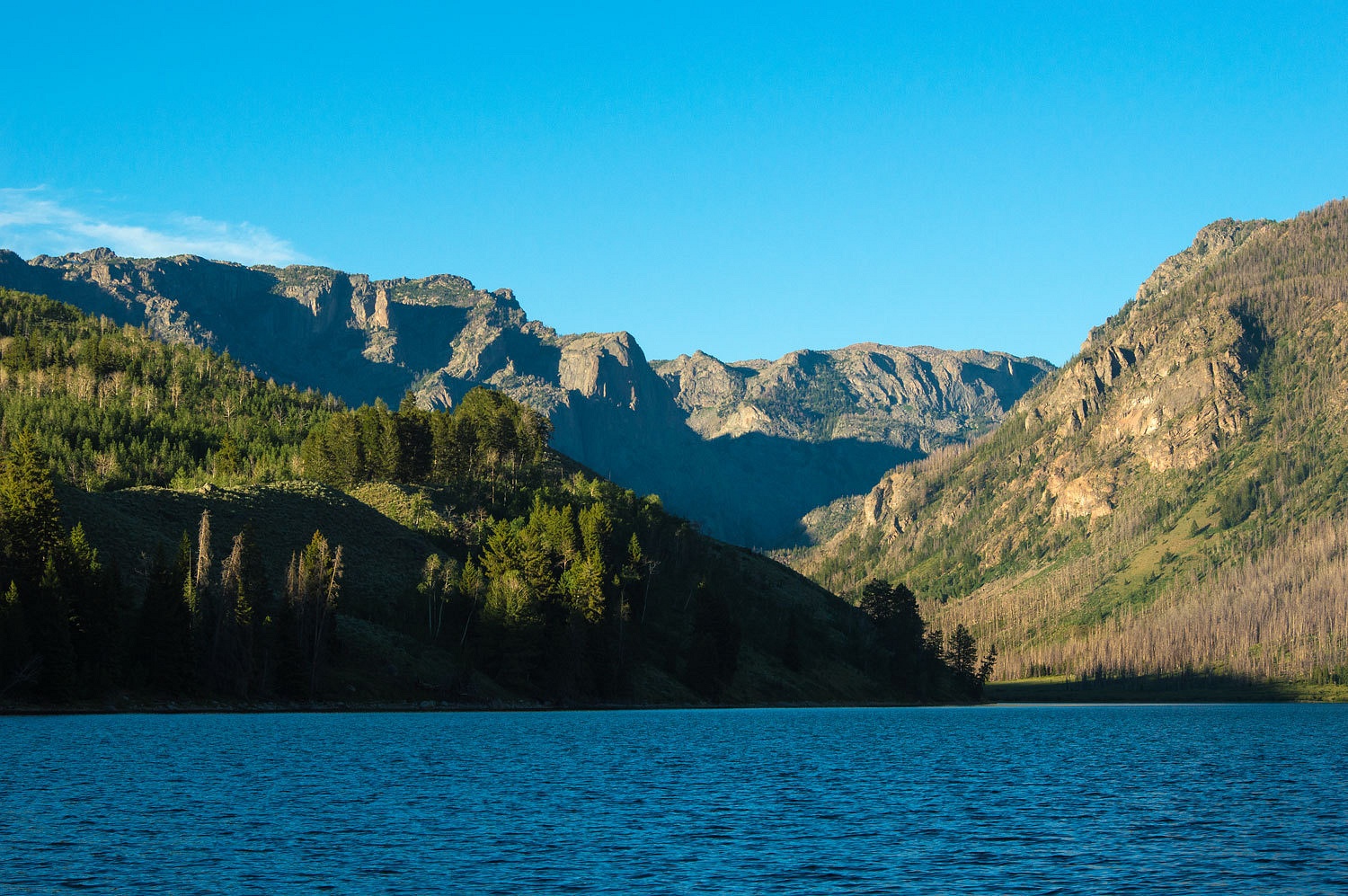
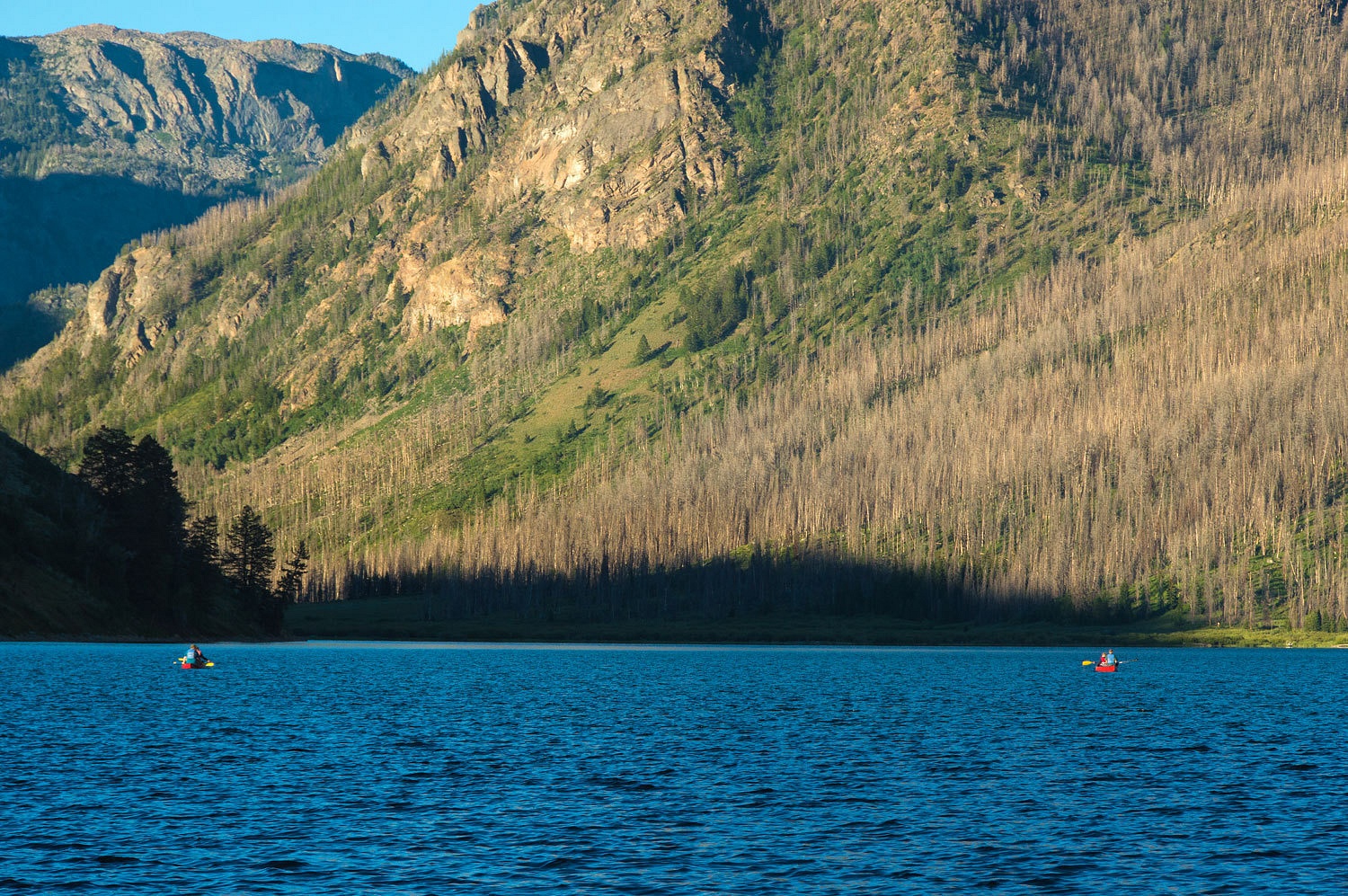
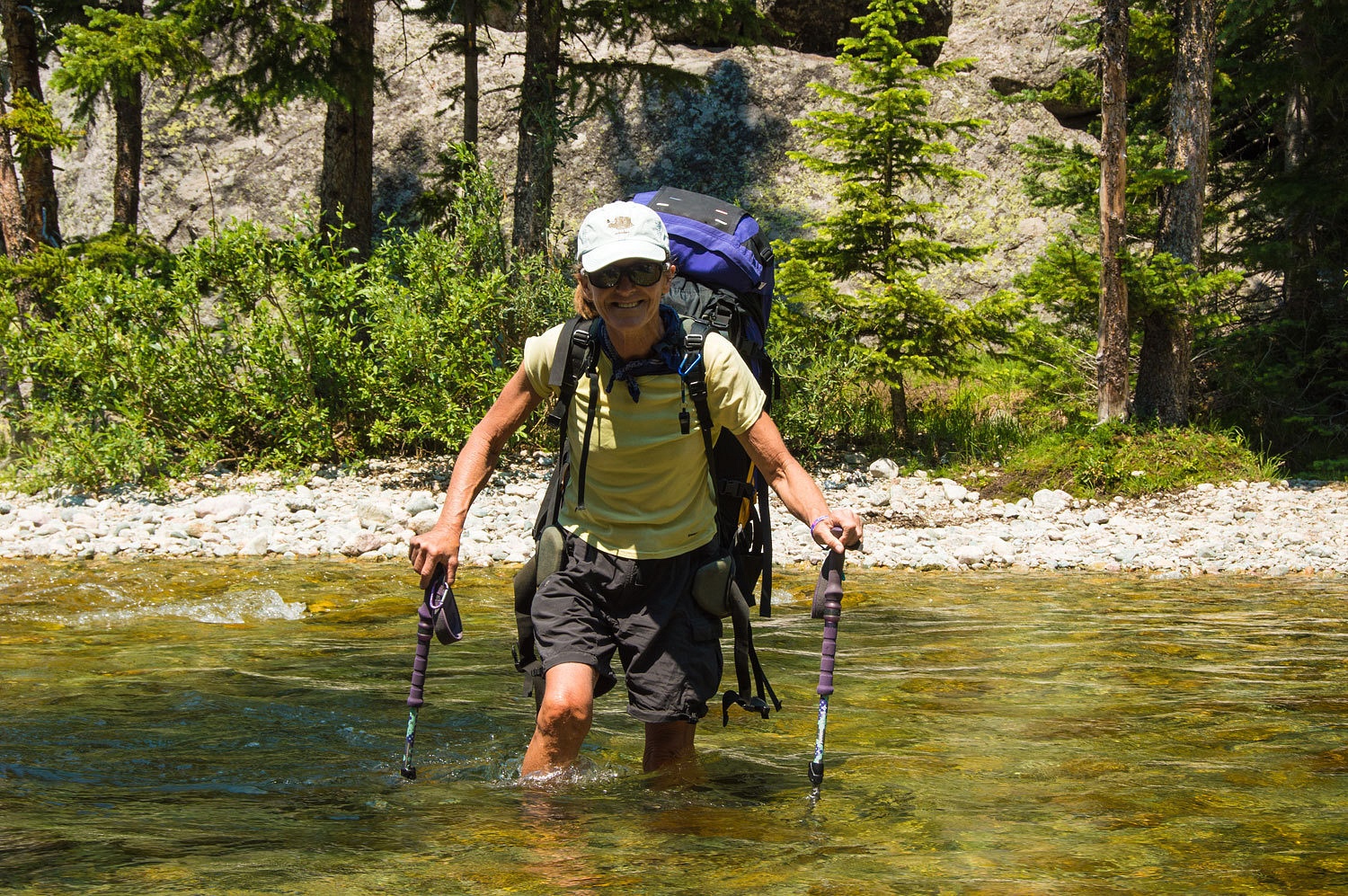
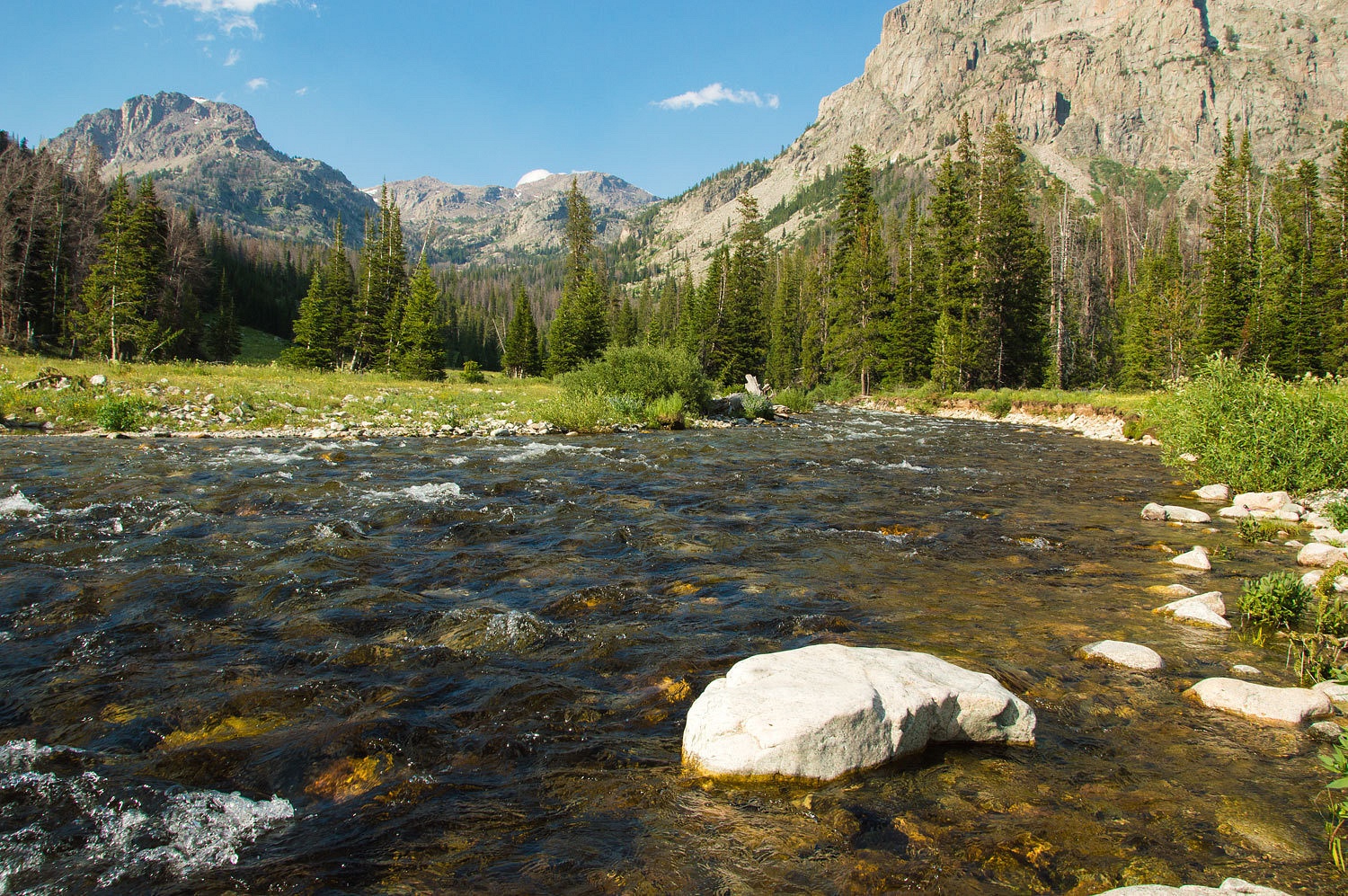
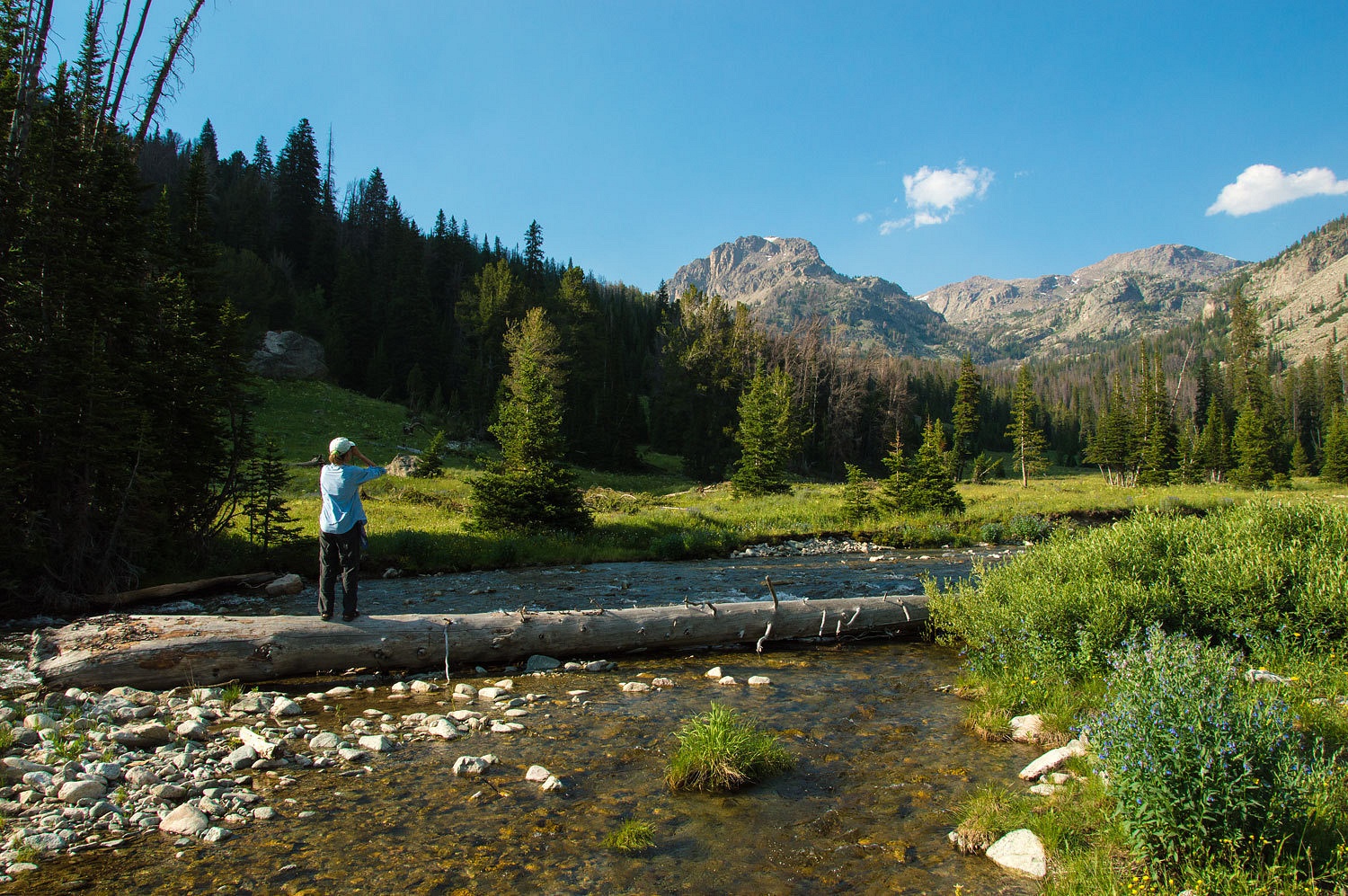
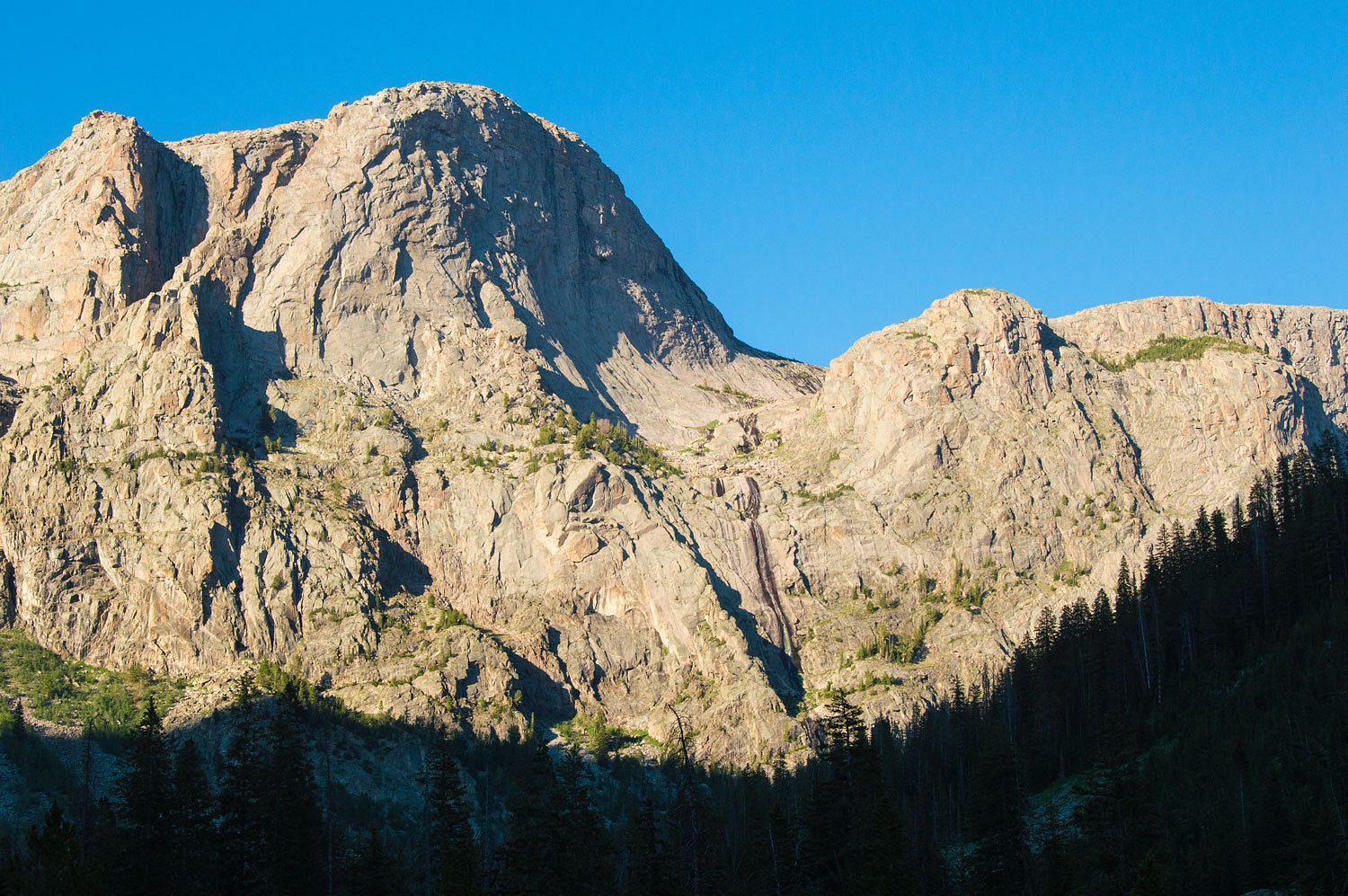
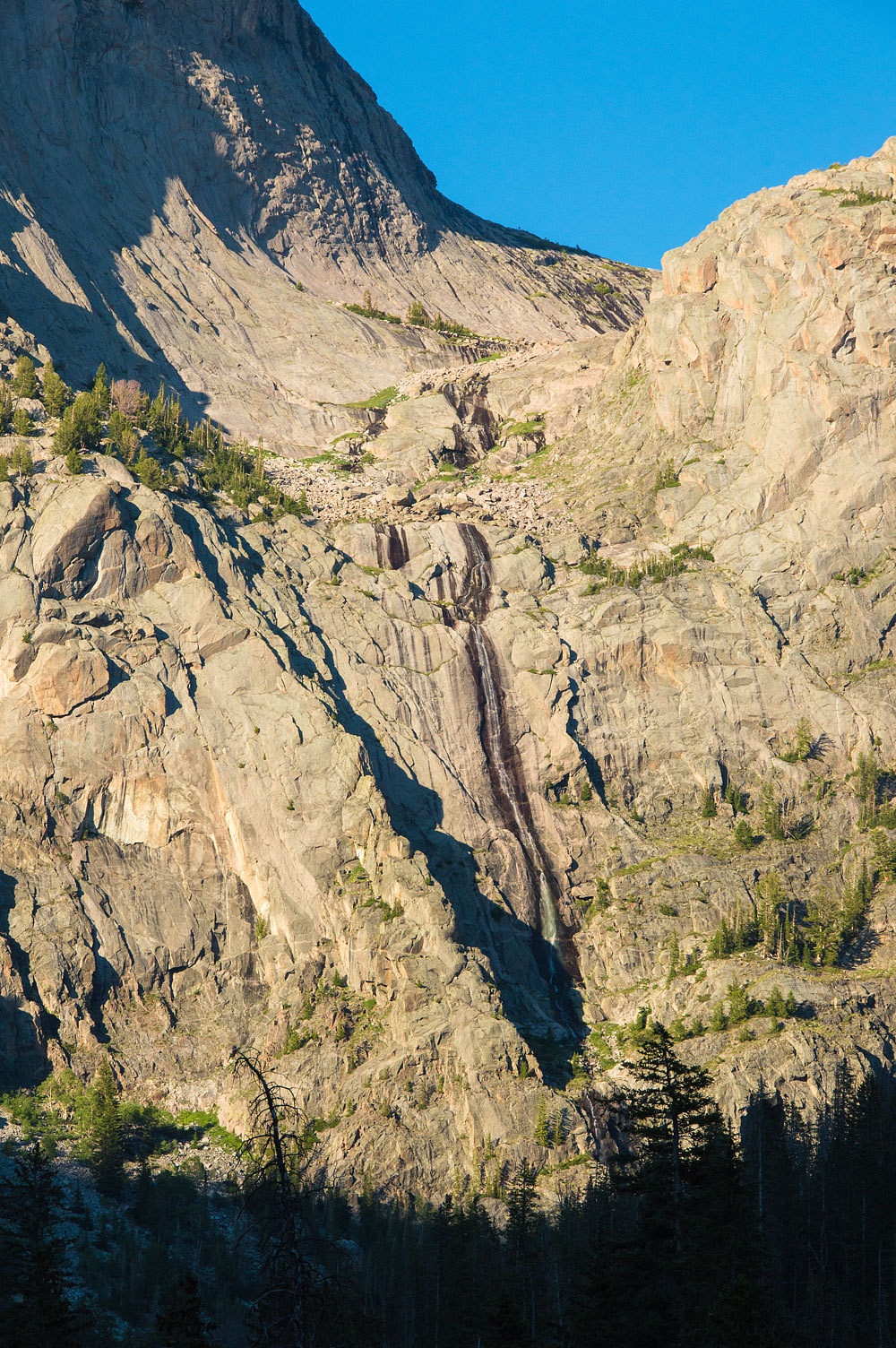
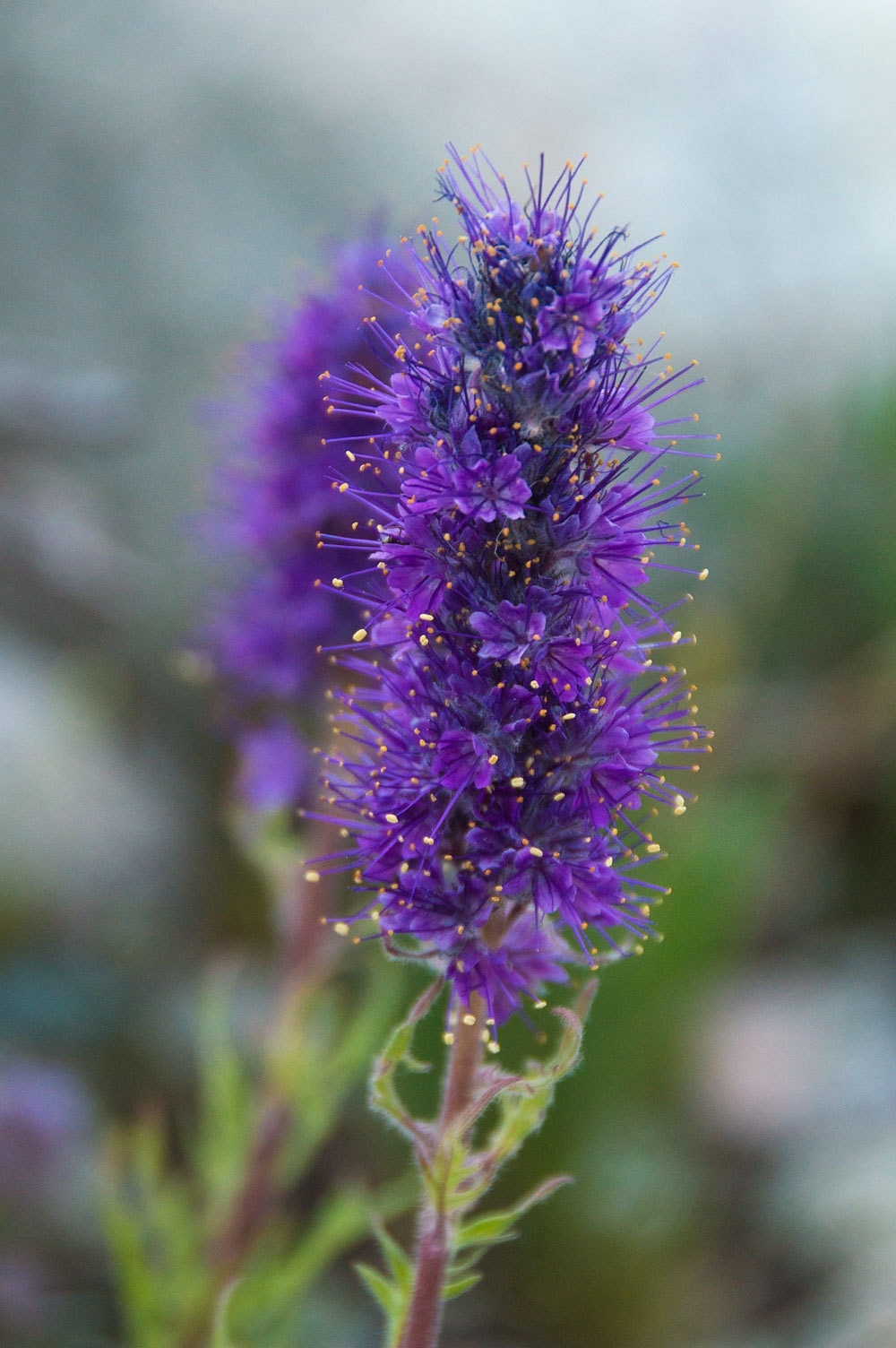
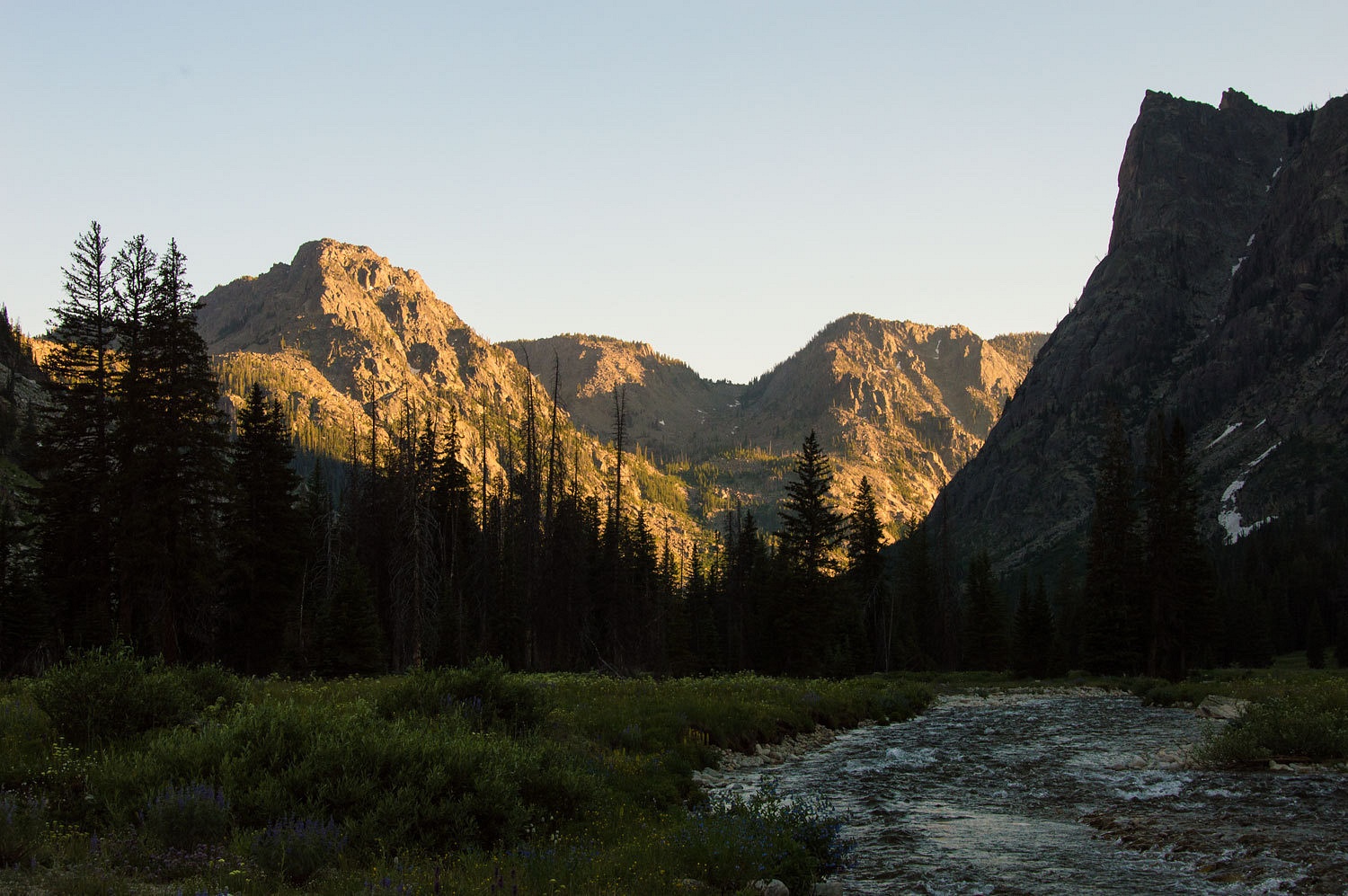
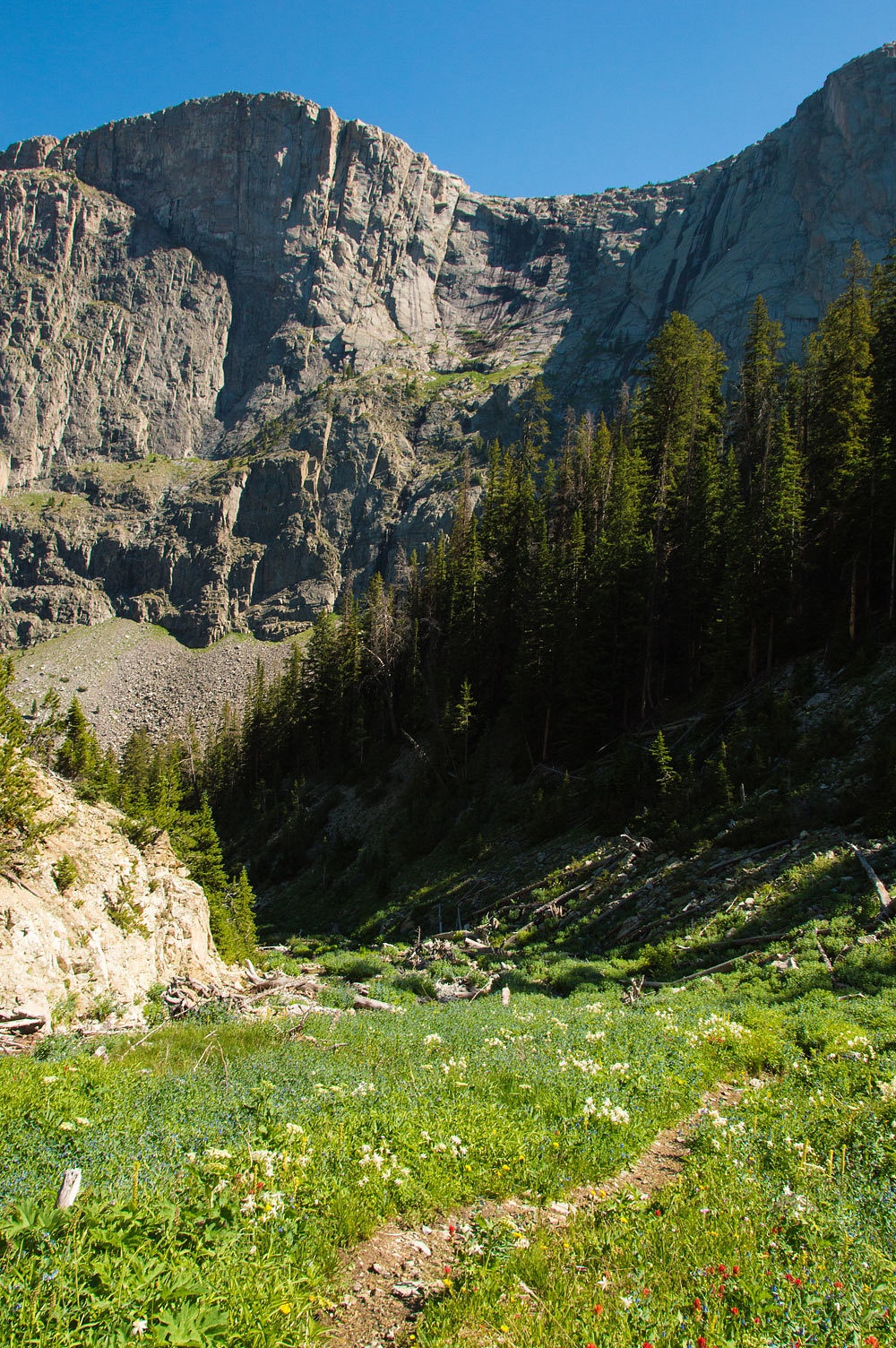
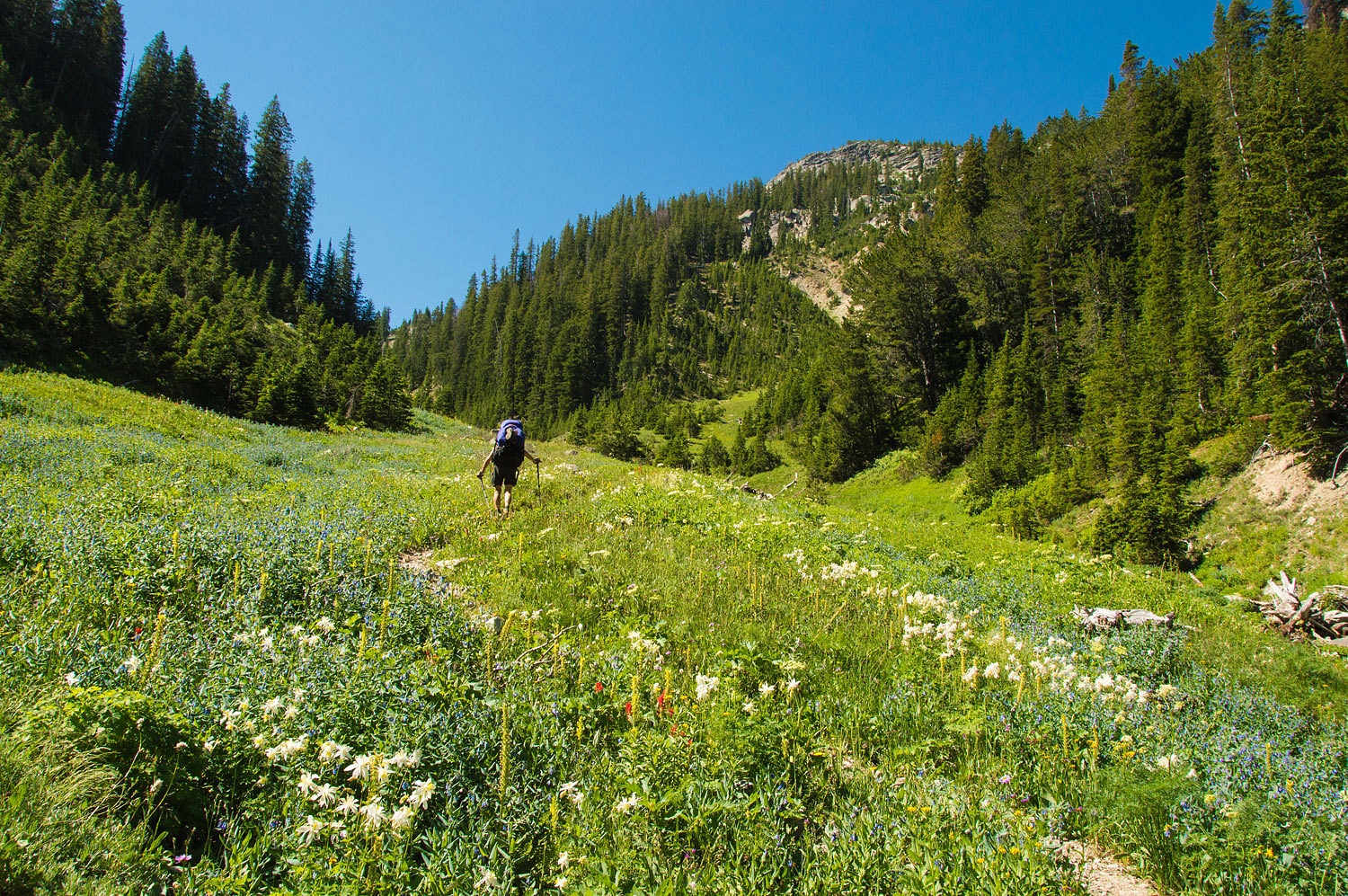
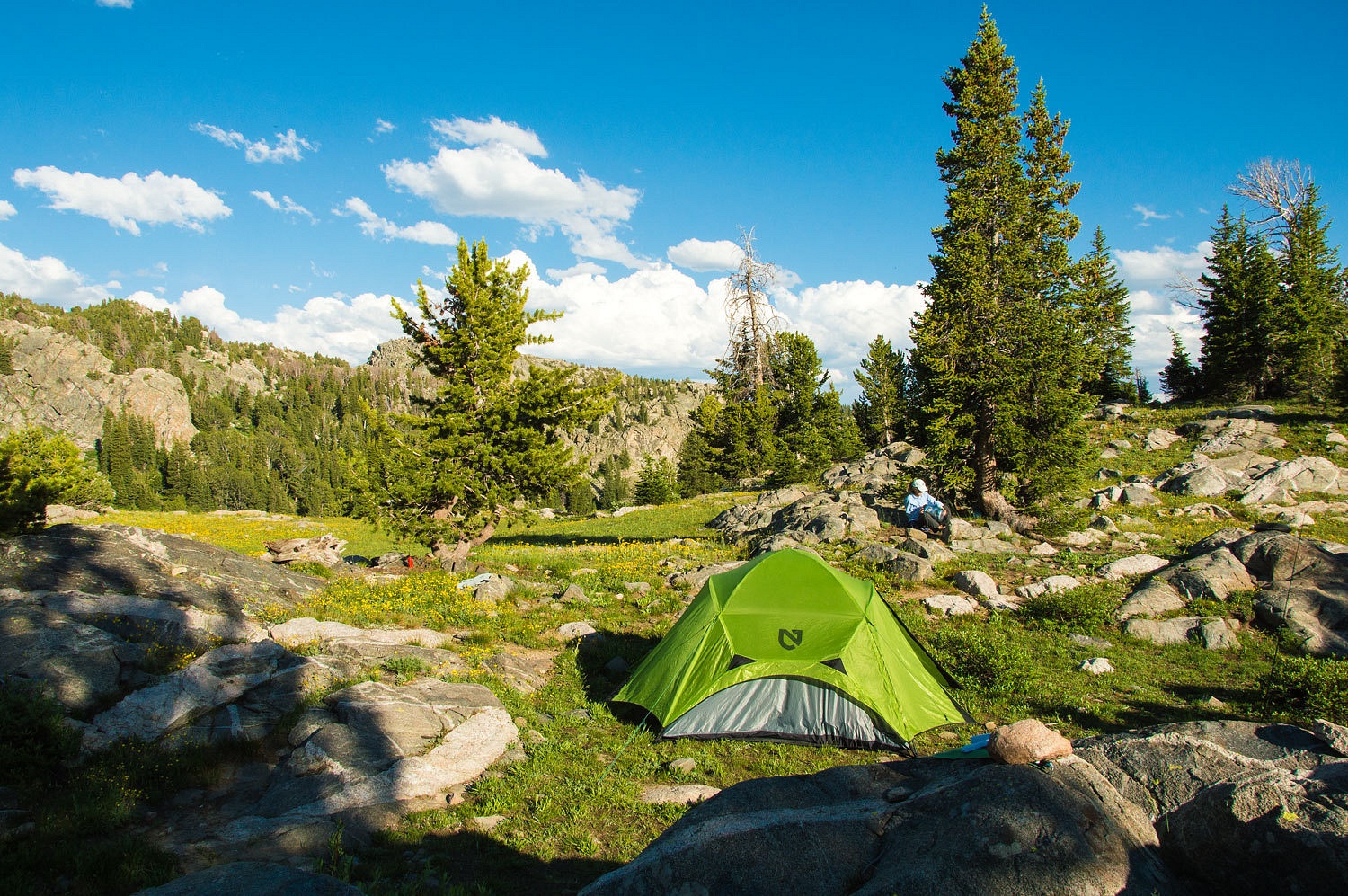
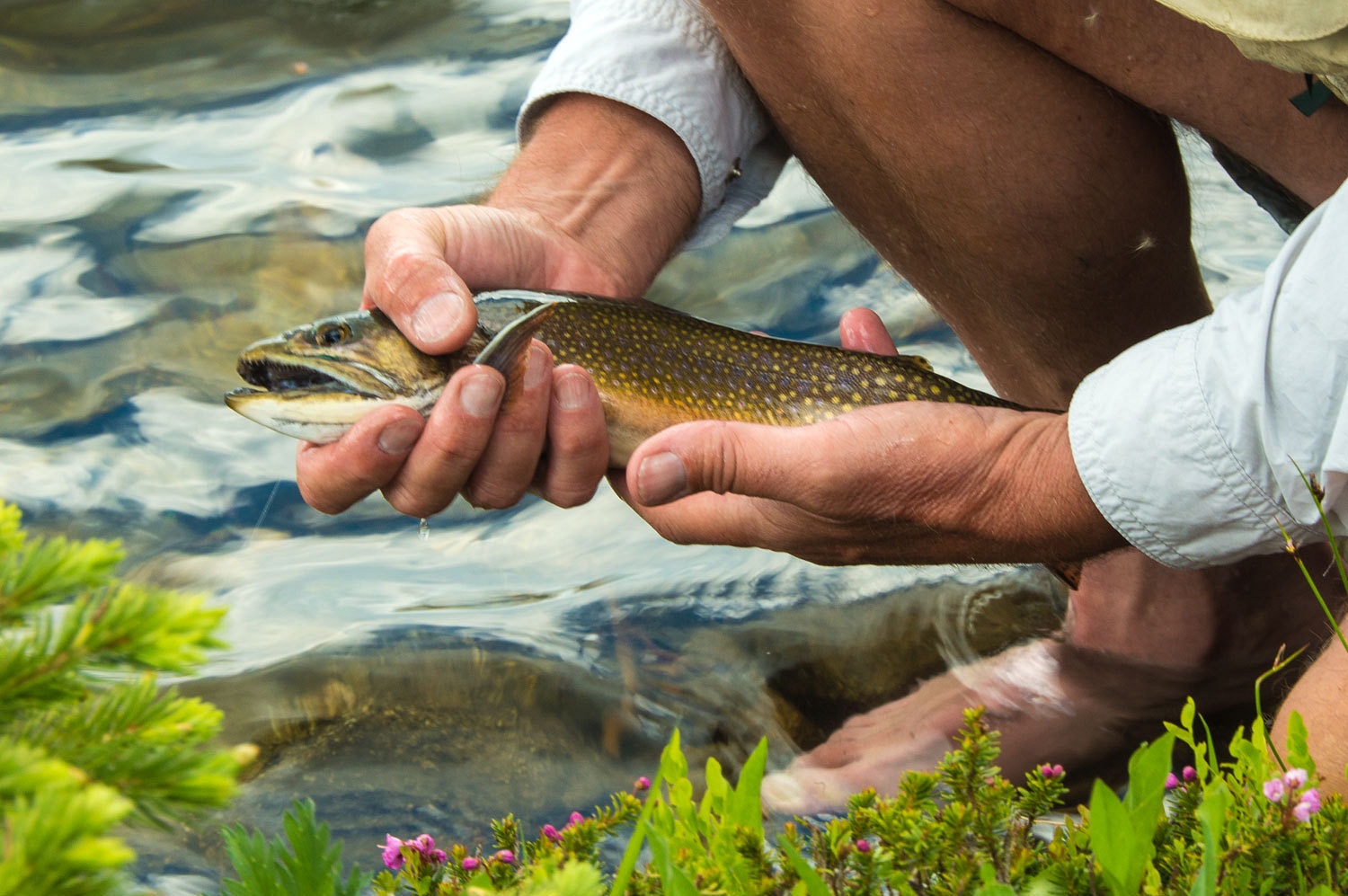
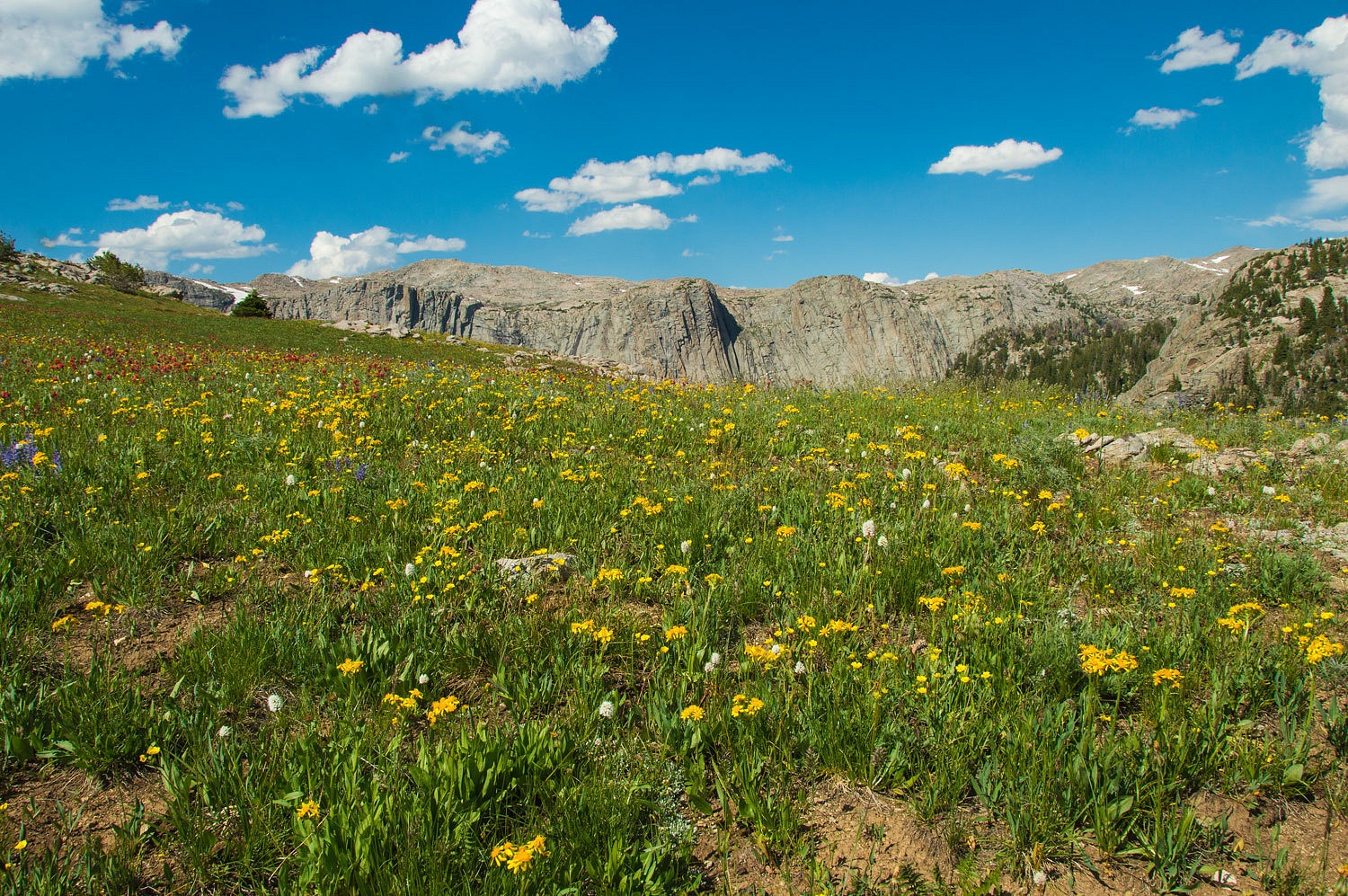
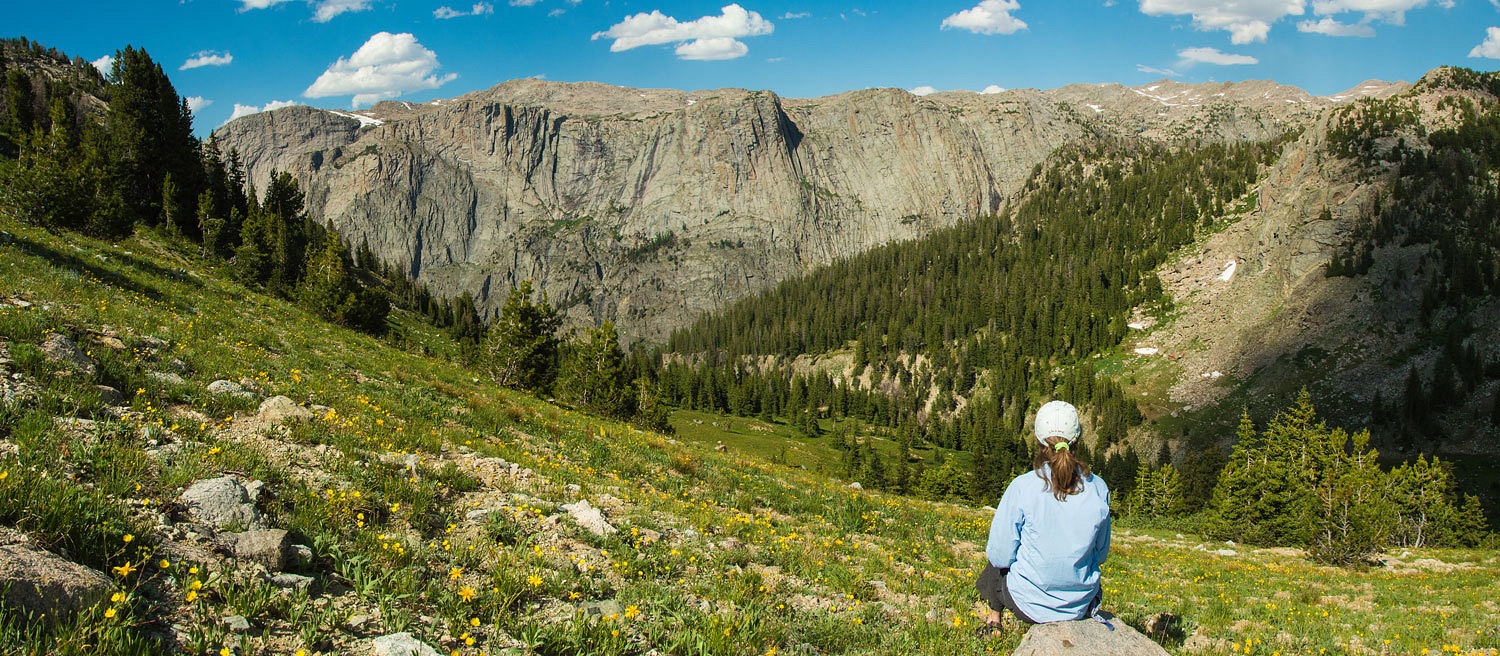
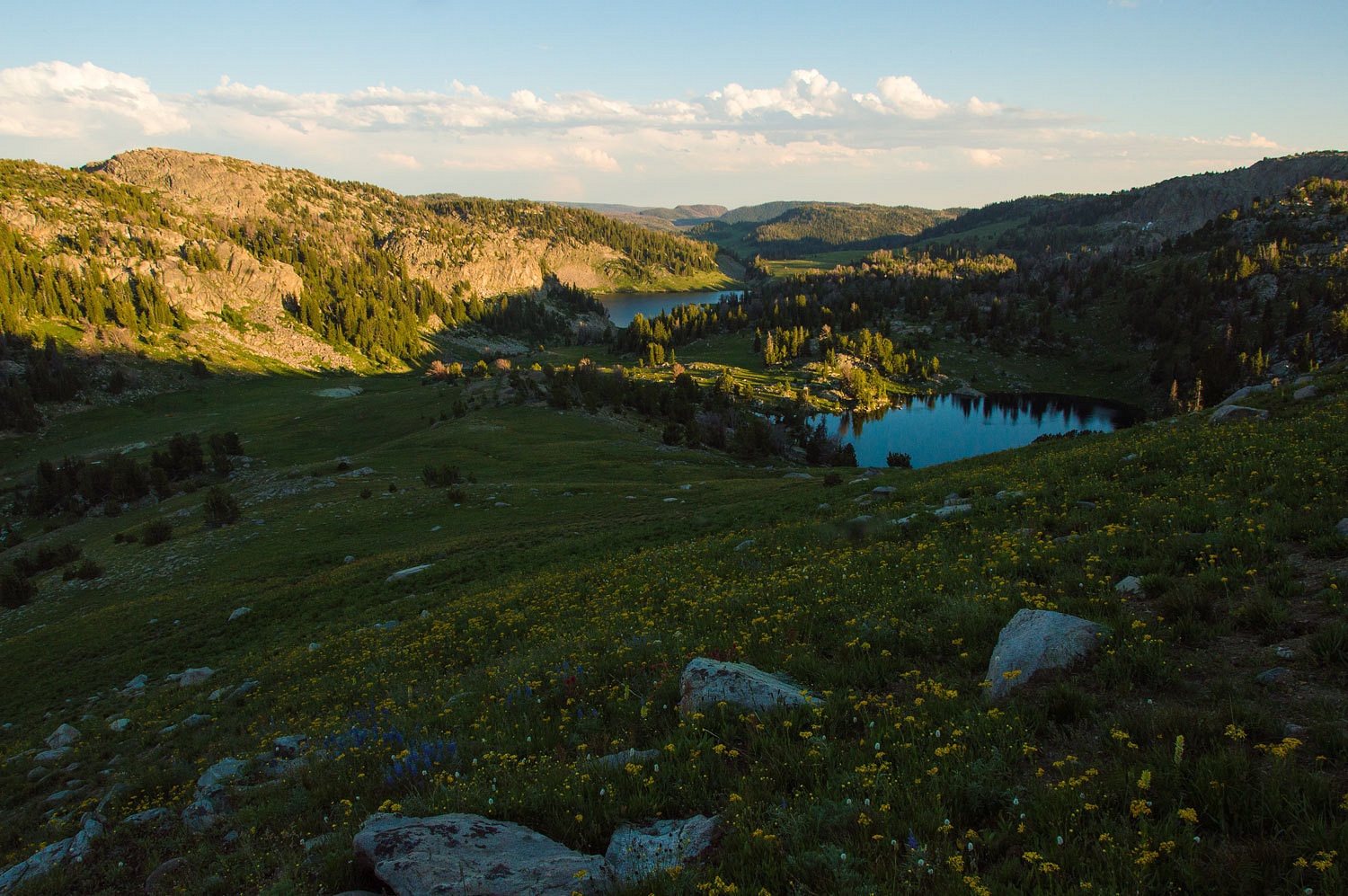
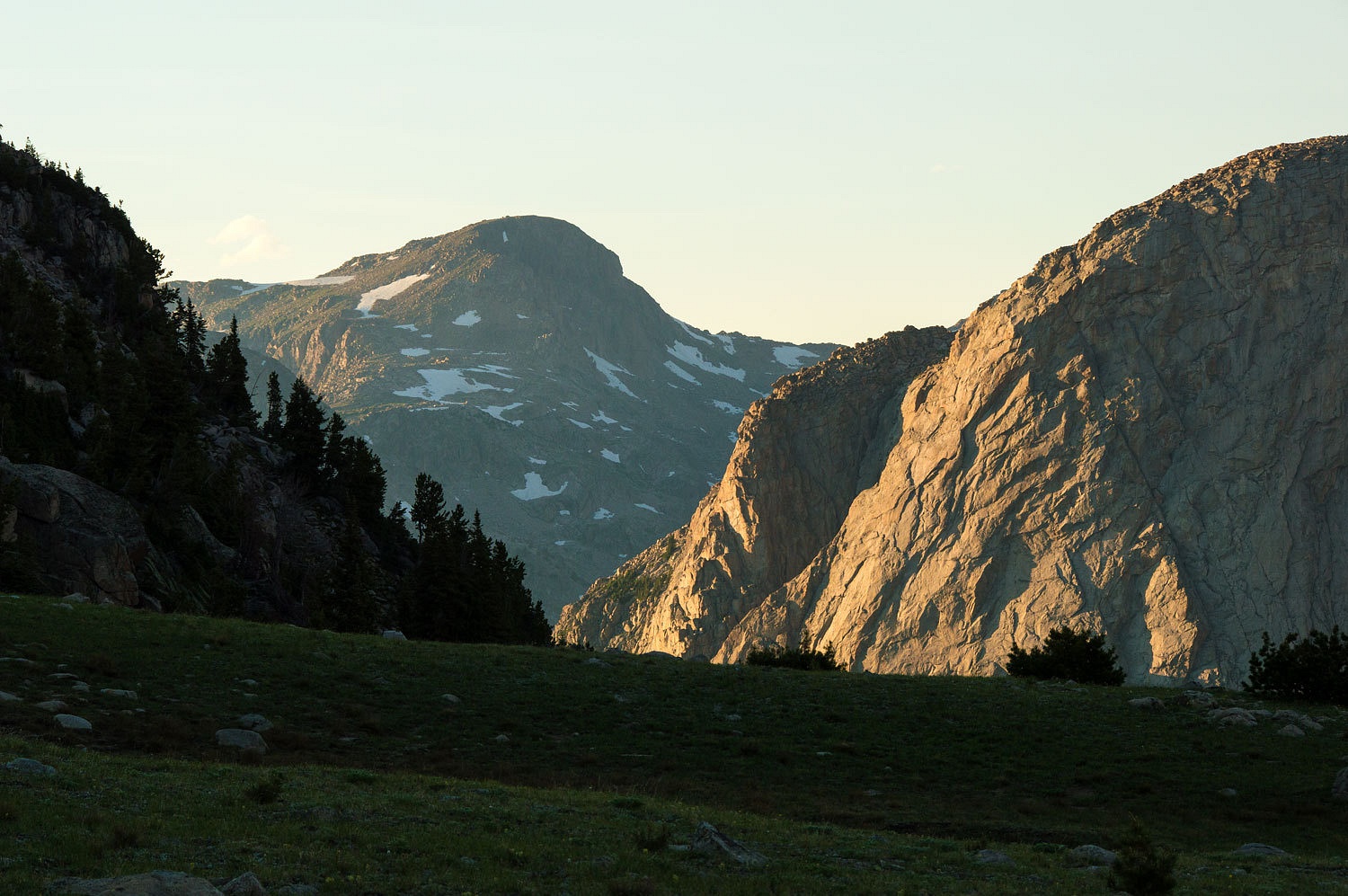
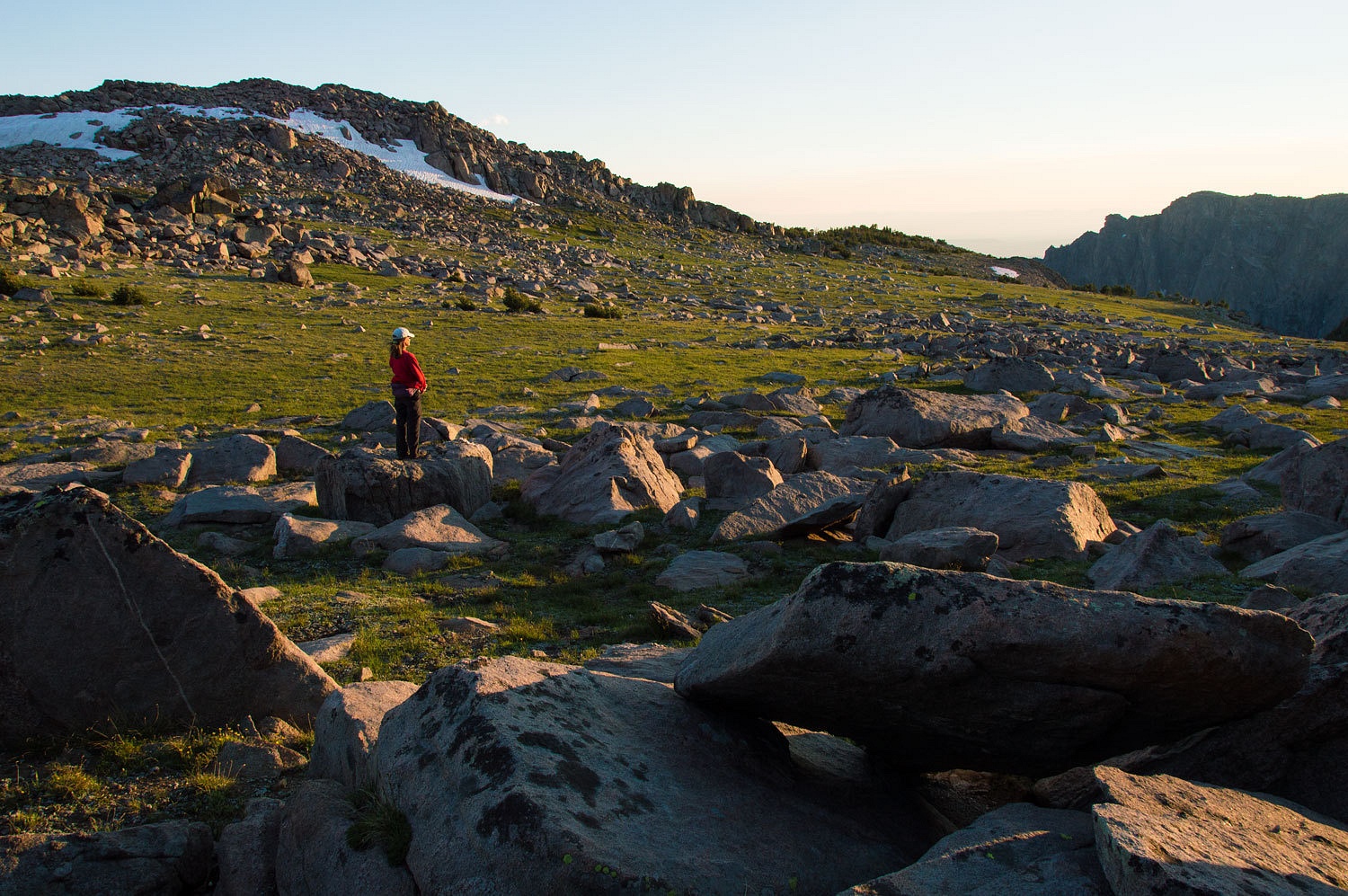
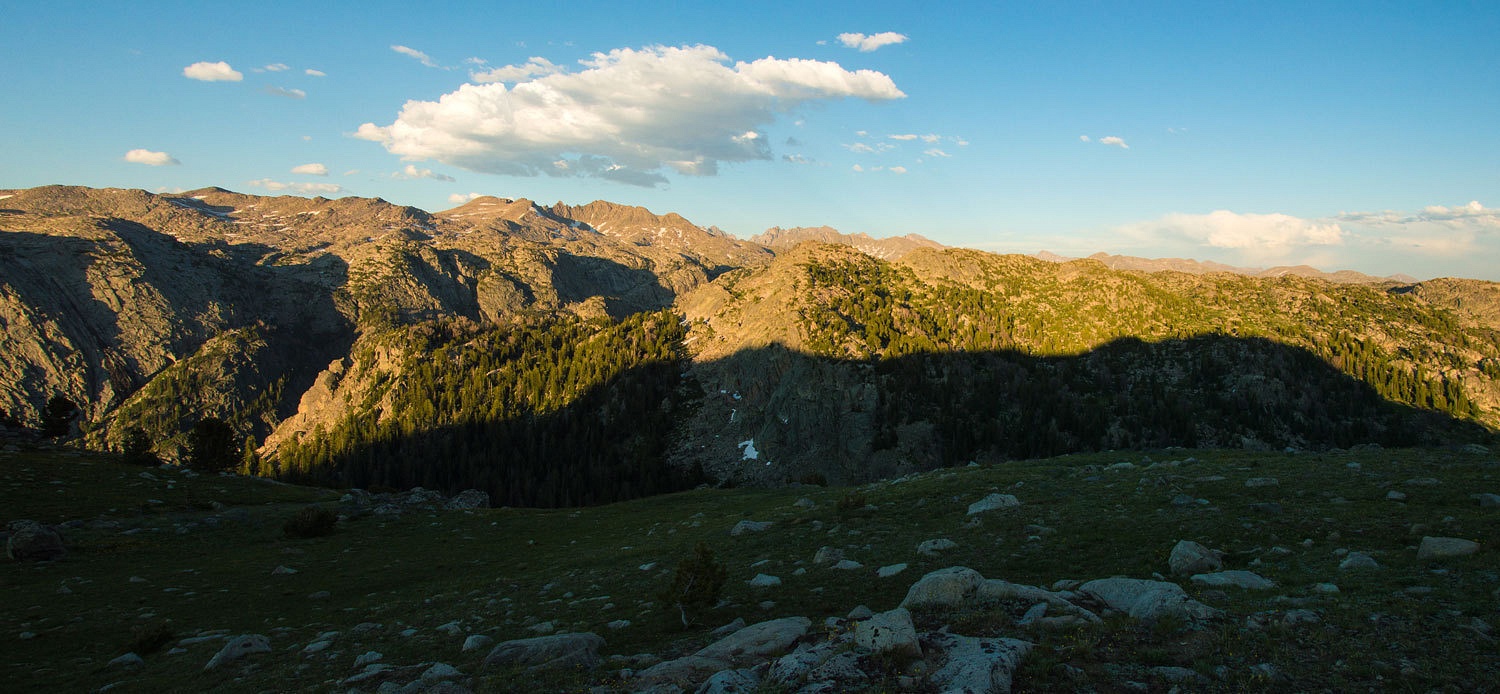
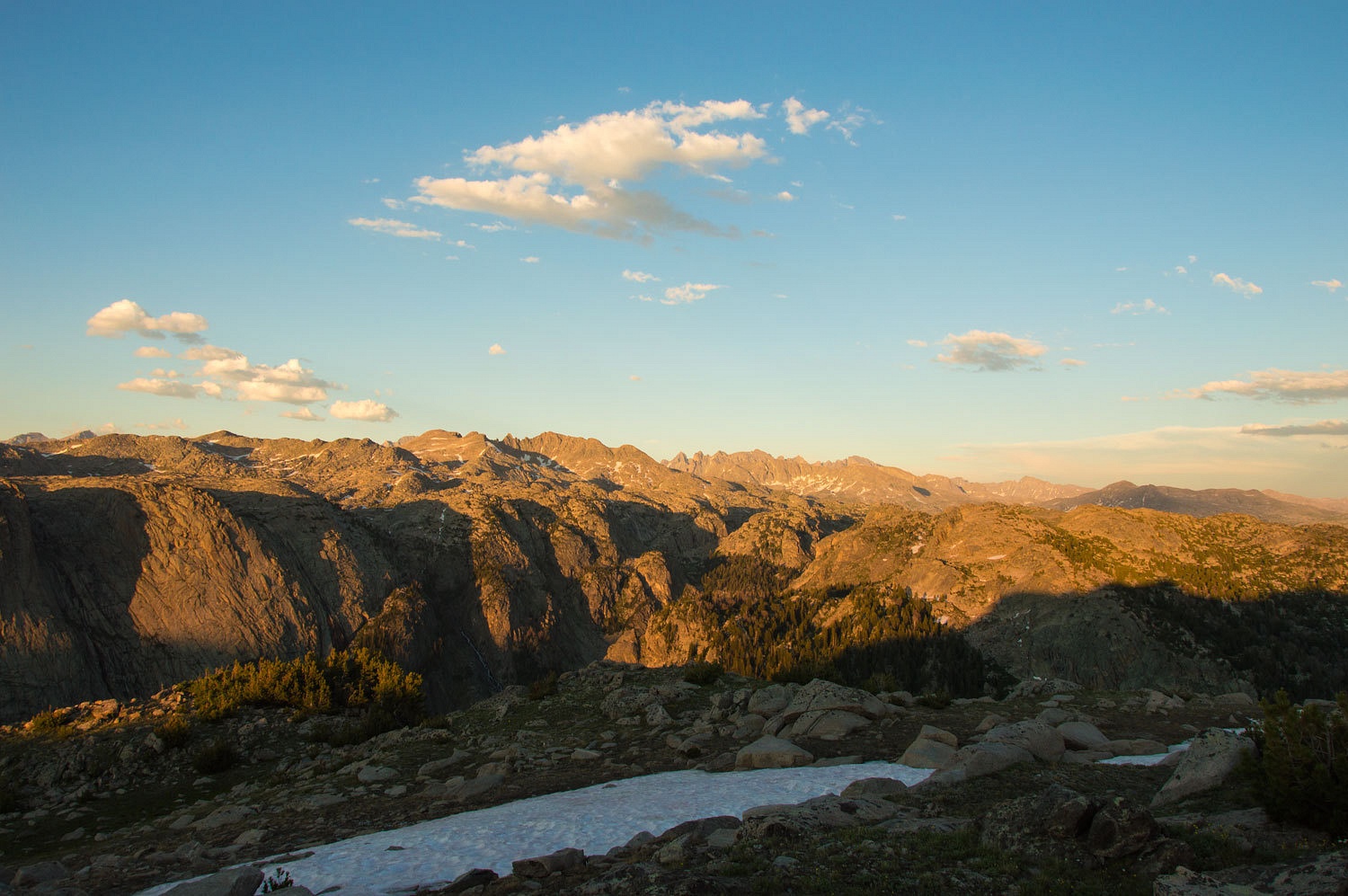
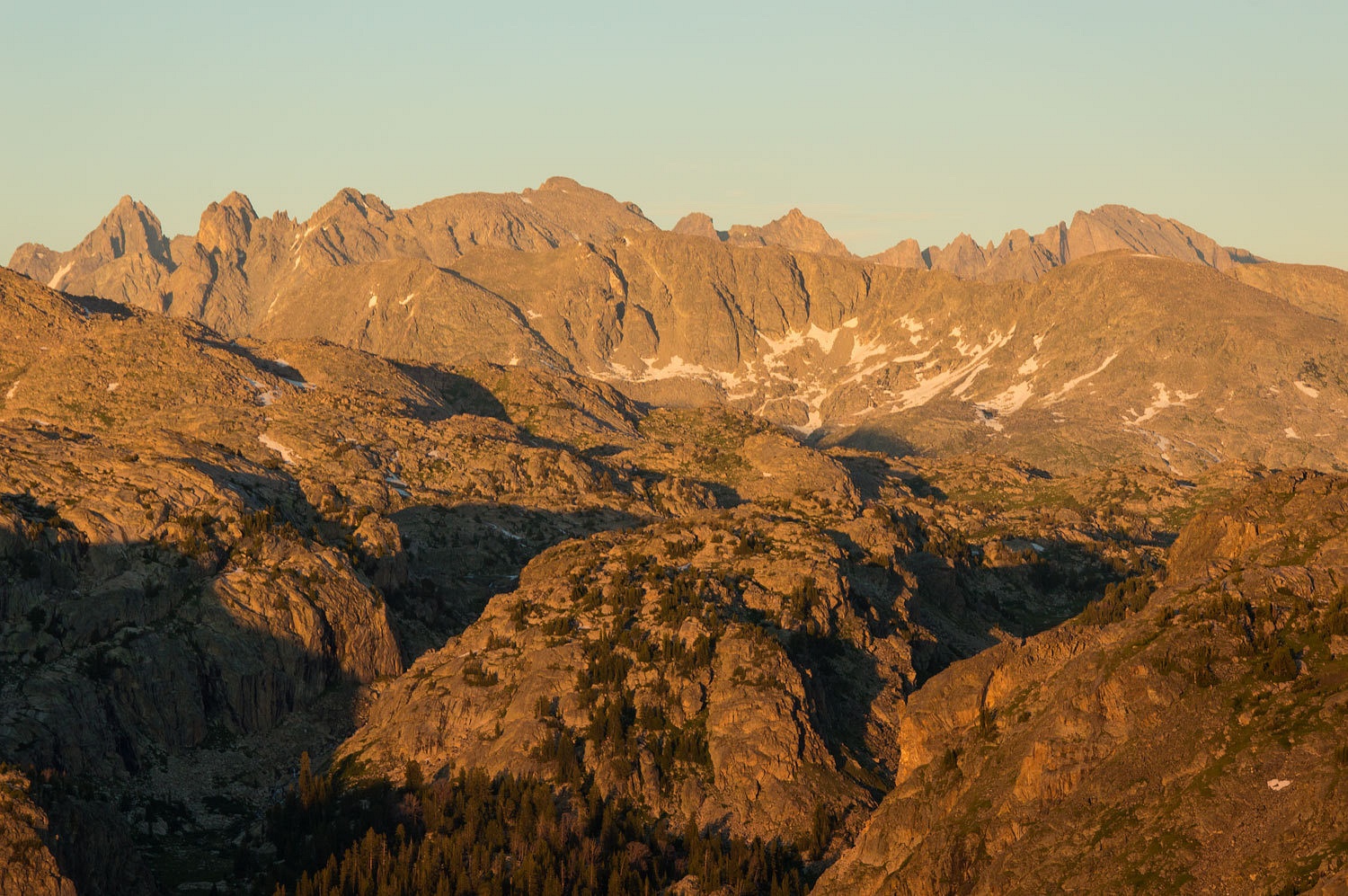

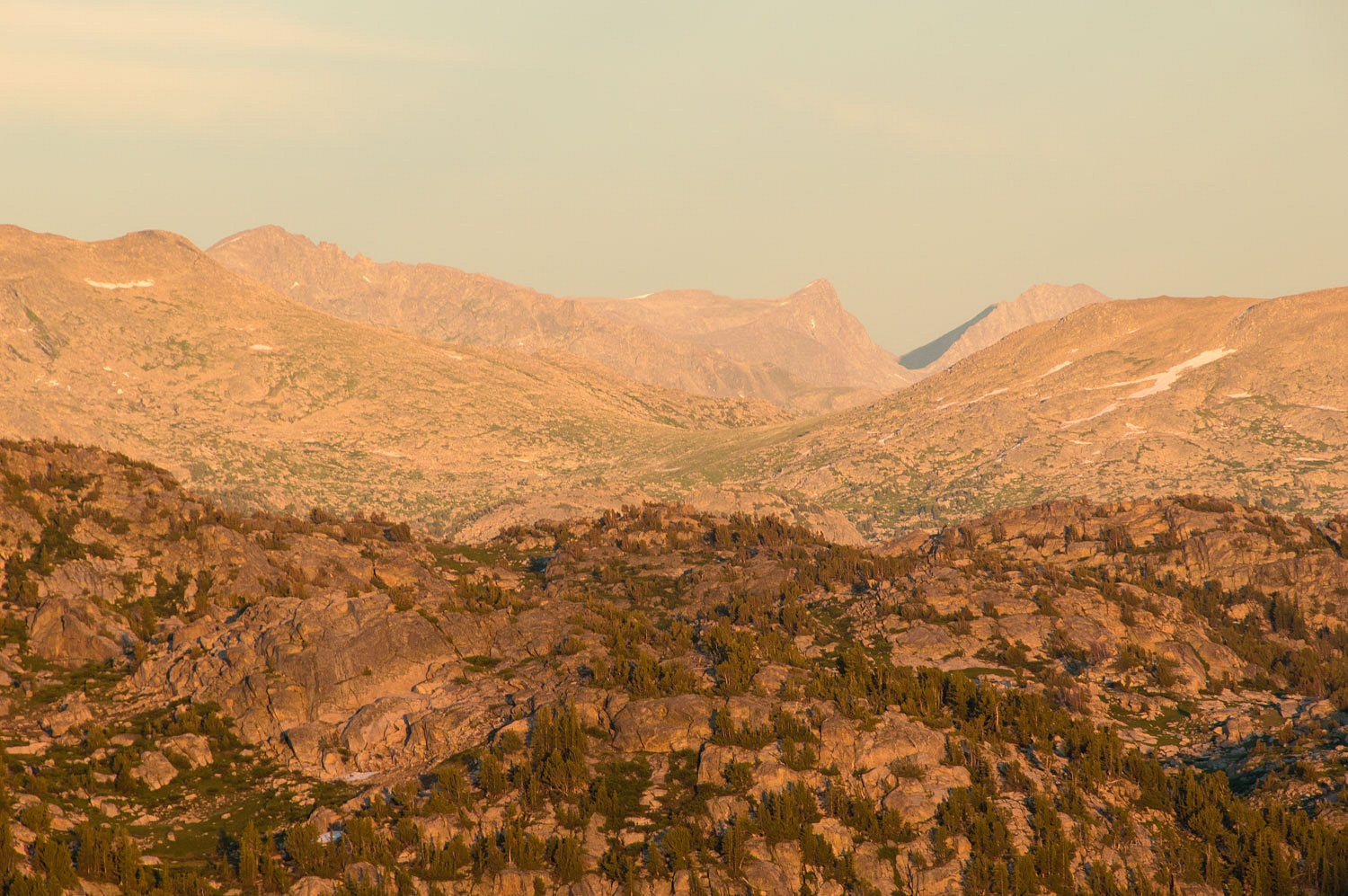
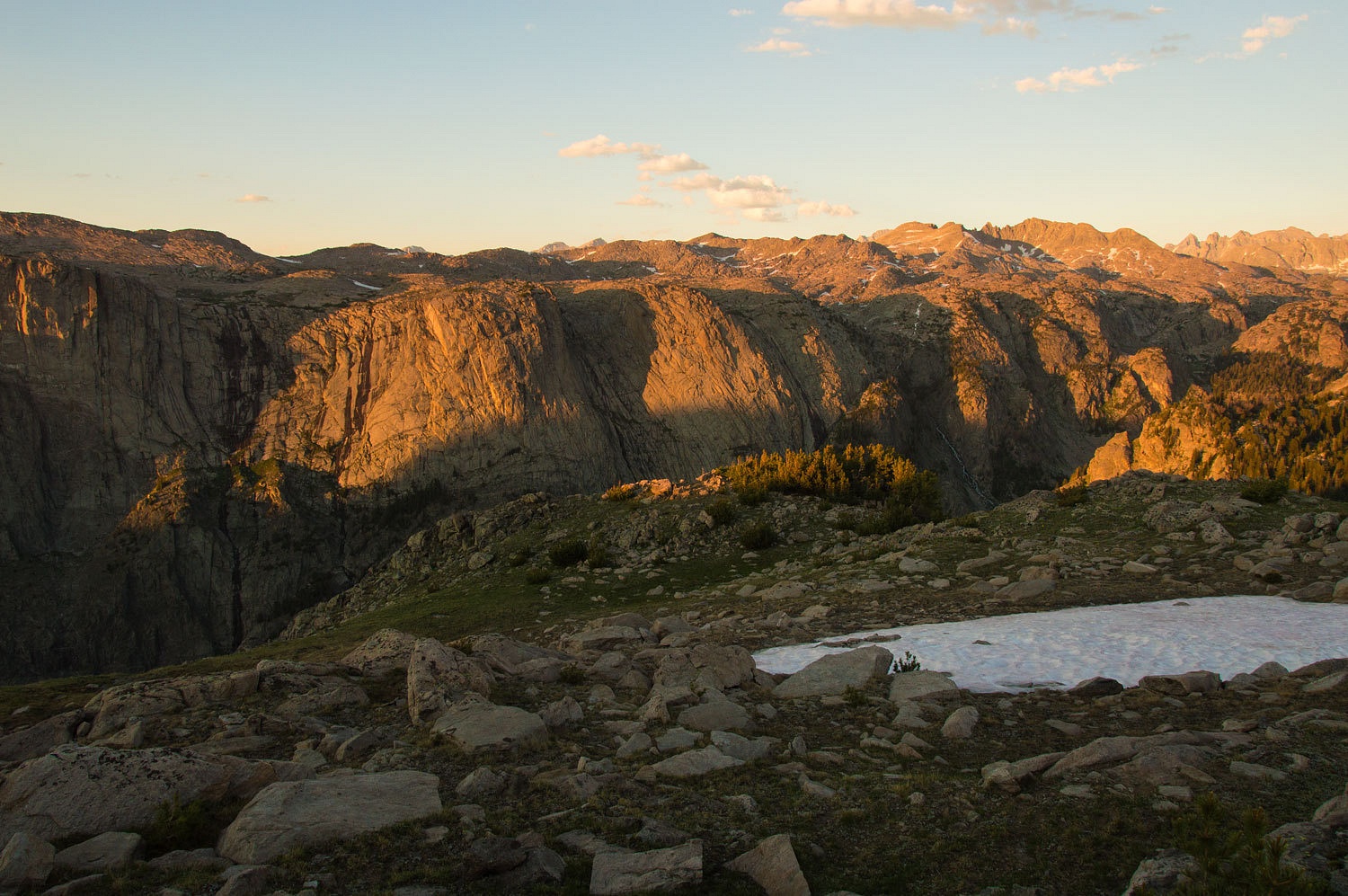
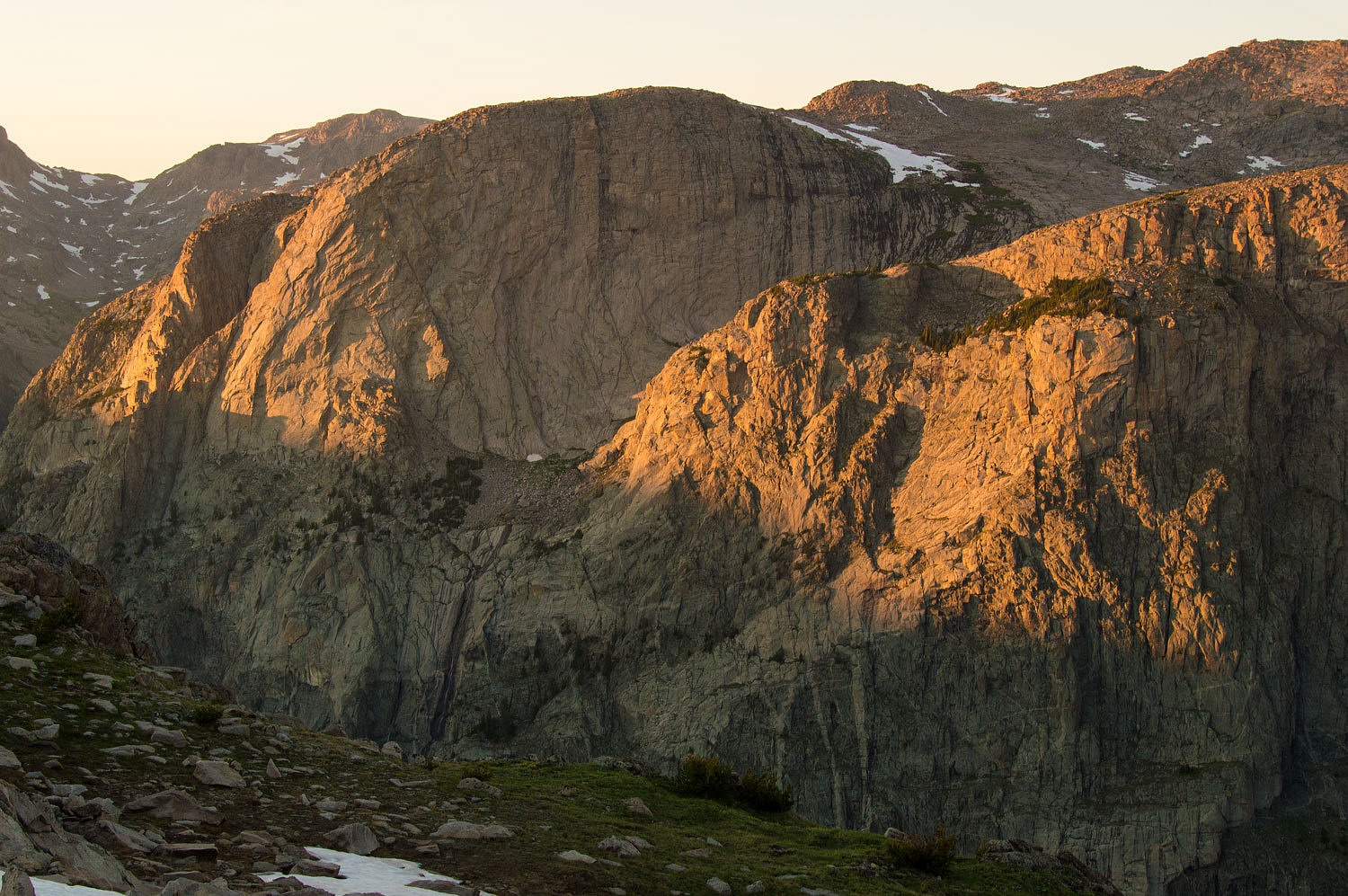
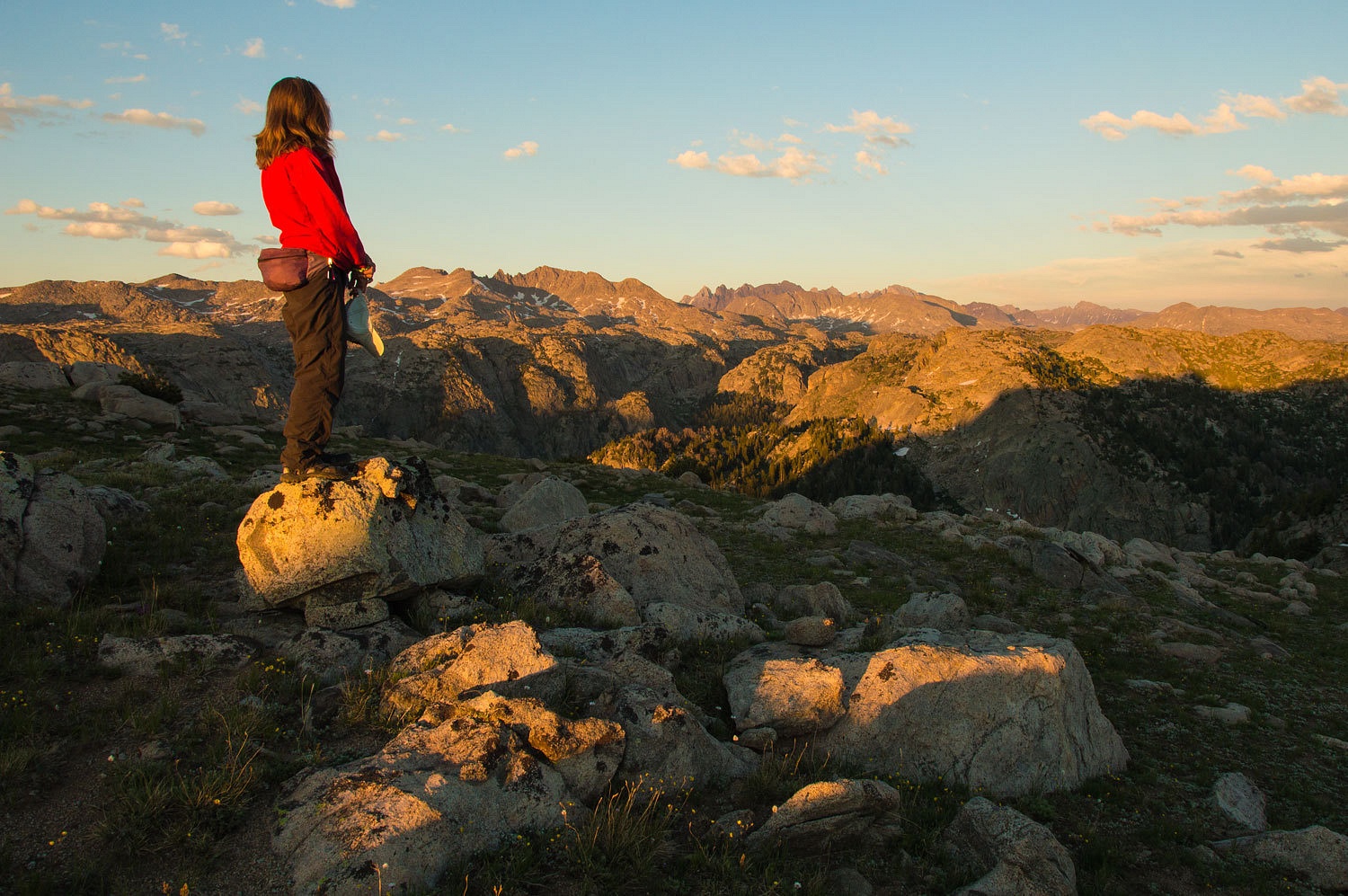
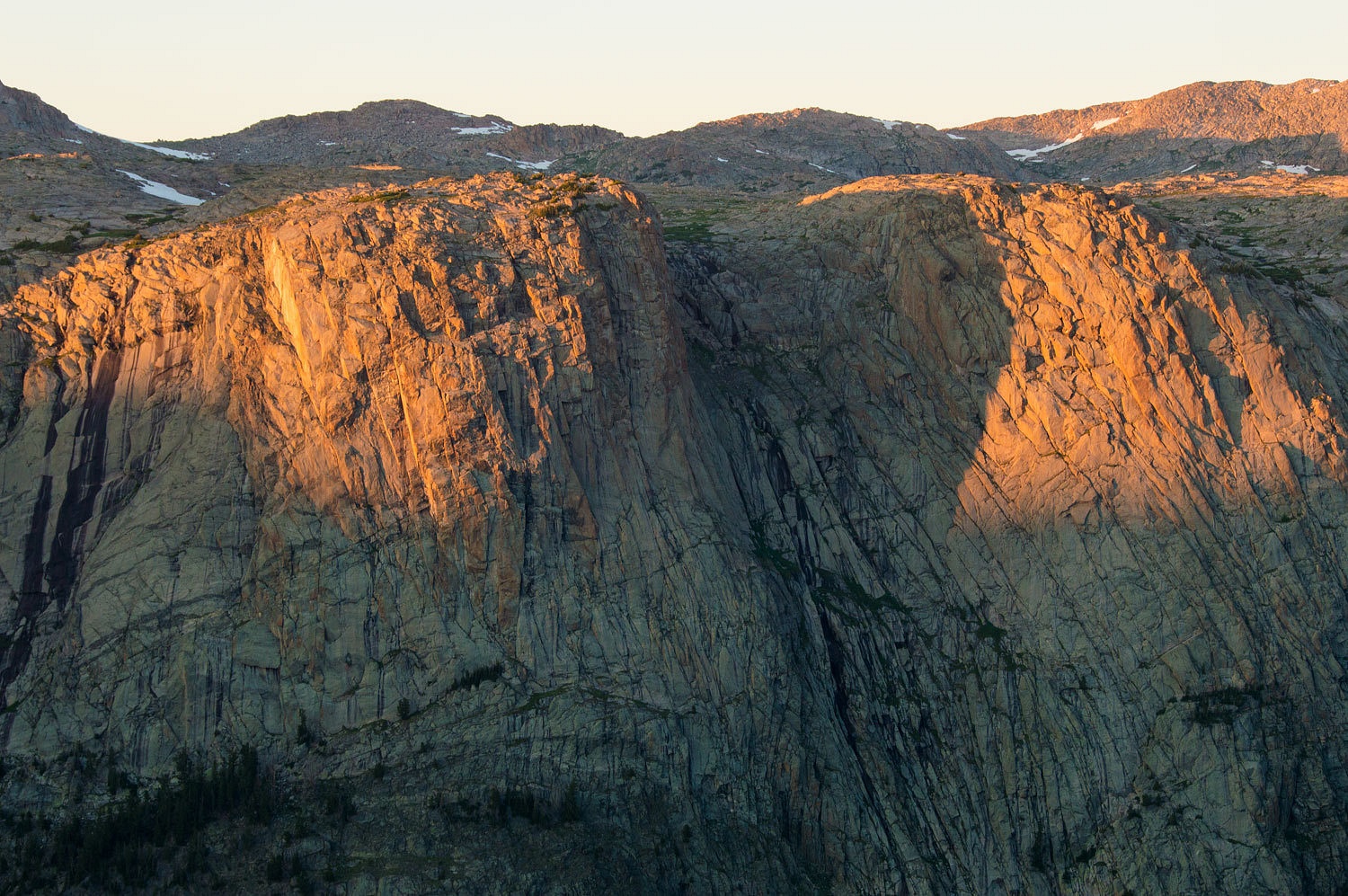

Wonderful!
ReplyDelete